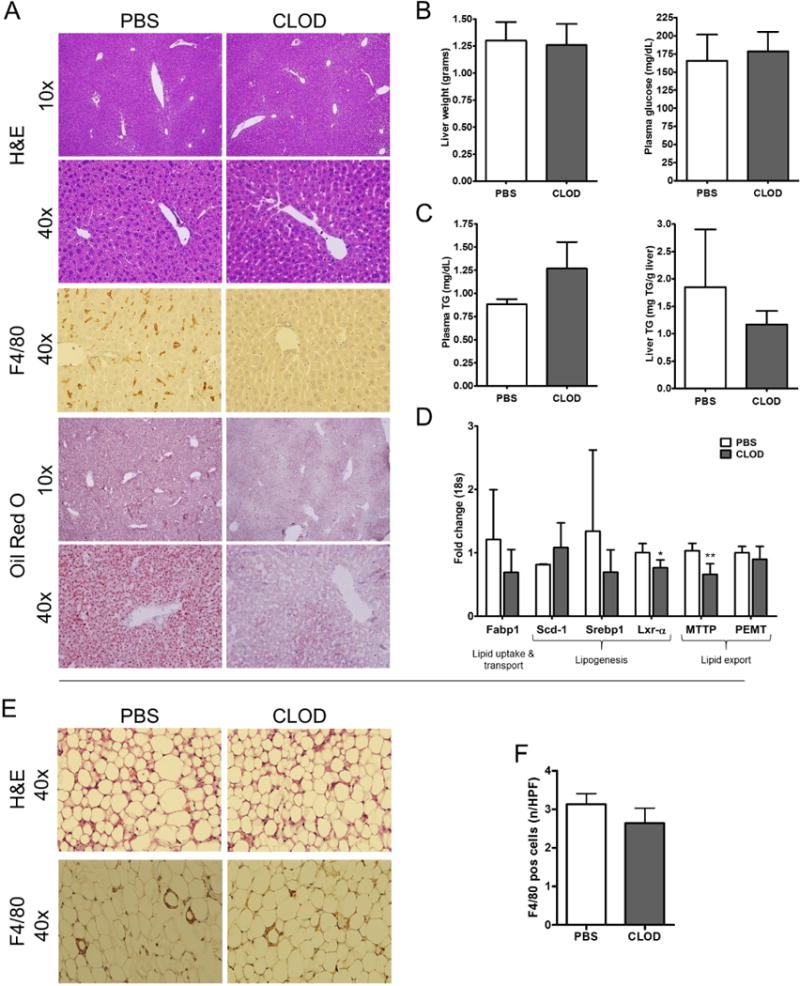Figure 3. Reversal of hepatic steatosis and inflammation in Arg2−/− mice after liver-specific macrophage depletion.

Selectively depleted macrophages in the liver by intravenous injection of liposome-encapsulated clodronate (CLOD) did not alter liver weight and metabolic status – assessed via plasma glucose levels - between the CLOD-treated and PBS control treated Arg2−/− mice (A). Depletion of liver macrophages after four injections of liposome-encapsulated CLOD was confirmed by F4/80 immunohistochemistry (B). Oil-Red O staining revealed a notable attenuation of lipid deposition in the CLOD-treated mice compared to their PBS-treated counterparts (C). This corresponded to a decrease in liver triglyceride levels in the CLOD group compared to the PBS group (C). Expression levels of genes involved in DNL and lipid export from the liver were found to be reduced in CLOD-treated mouse livers compared to PBS controls (D). No differences were observed in gross morphology of adipose tissue samples of mice treated with CLOD (E). Macrophage infiltration assessed via F4/80 immunohistochemistry only showed a slight reduction in mice treated with CLOD when compared to mice injected with PBS (E, F). Microphotographs are displayed in 10× and 40× magnifications. Mean ± S.E.M. are shown. *p<0.05, **p<0.01. ***p<0.001.
